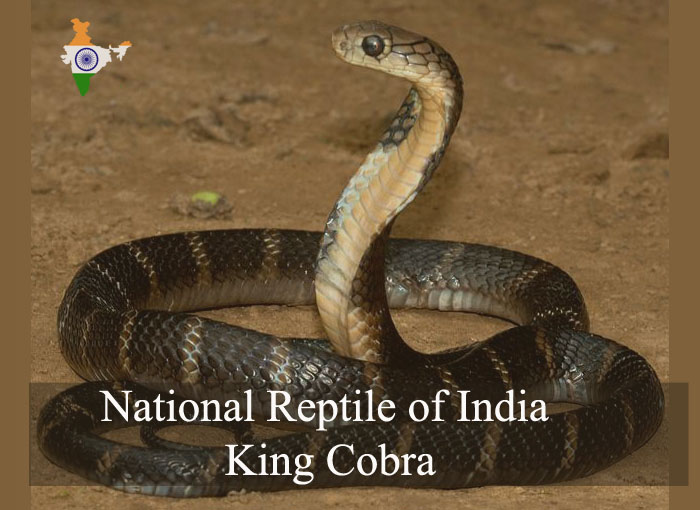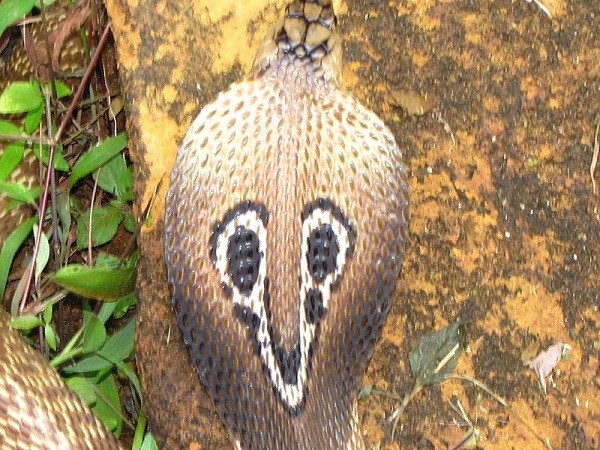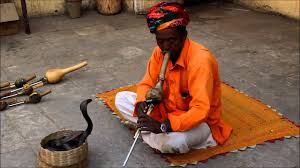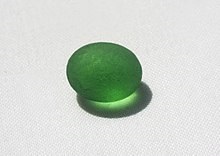National Reptile of India | King Cobra

King Cobra or Snake eater (Ophiophagus hannah) is the National Reptile of India and is found in the forests of India and Southeast Asia. It is the world’s longest venomous snake which is capable of growing up to 19 ft and may live up to 25 years.
They have the ability to inject 6 ml of venom in a single bite and are very rarely seen. King Cobra is extremely fast and agile and they are found in many myths and legends throughout their range through Southeastern Asia.
It has its own cultural significance, in Hinduism King cobra is also known as Nagas and is considered as divine and worshiped Lord Shiva is often depicted with a cobra coiled around his neck.
About King Cobra

Indian Cobra varies in color and can be grey, yellow, tan, brown, reddish, or black. It has a larger head and a more narrow hood and the key in identifying them is the presence of a pair of large scale, occipitals, located at the back of the top head, and are a unique feature of a king cobra.
When confronted it can raise its head and one-third of its body to attack and still move forward.
Venom
Their venom contains powerful post-synaptic neurotoxin and cardiotoxin which causes respiratory failure or cardiac arrest. Their venom contains enzymes such as hyaluronidase that cause lysis and increases the spread of the venom and even a small amount is fatal.
The Indian cobra is responsible for the majority of human deaths by snakebite in Asia. The amount of venom they can deliver in a single bite is enough to kill 20 people or an elephant. King Cobra is very shy and avoids confrontation with humans as much as possible.
Suggested Read: National Symbols Of India
Habitat
King Cobras are distributed across the Indian subcontinent, Southeast Asia, and the southern areas of East Asia. They are found in Bangladesh, Bhutan, Burma, Cambodia, China, India, Indonesia, Laos, Malaysia, Nepal, the Philippines, Singapore, Thailand, Vietnam, and southern China.
In India they are found in Goa, Western Ghats of Karnataka, Kerala, and Tamil Nadu, the east coastline of Andhra Pradesh and Odisha, Sundarban mangroves, Himalayan foothills from Uttarakhand, Uttar Pradesh, Bihar, northern parts of West Bengal to most of the north-east region and the Andaman Islands.
They live in the dense forest near water, feeding other snakes, lizards, eggs, and small mammals. They are the only snake in the world who build a nest for their eggs and guard them until they hatch.
Cultural Significance
A ritual in Myanmar involves a ritual of king cobra and snake charmer. There are various myths related to cobras in India in Hindi the male and females are called Nag and Nagaina.
They are considered sacred in Hinduism and worshiped. Lord Shiva is often depicted with a cobra coiled around his neck. Lord Vishnu is often portrayed as reclining on the coiled body of Adishesha, a giant snake deity with multiple cobra heads. There is a special festival in Hinduism for worshiping them like Nag Panchami and Naagula Chavithi.
Suggested Read: National Award of India
Snake Charmers

The Indian cobra is a popular choice for snake charmers. It sways and makes a threat posture to the tune of a snake charmer flute. Snake charmers with their wicker baskets are a common sight in India during Nag Panchami or Naagula Chavithi festival.
The cobra is deaf to the snake charmer pipe but follows the visual cue of the moving pipe and it can sense the ground vibration from the snake charmer’s tapping. These snake charmers can remove all the venom in the cobra’s teeth and they sell the venom at a high price. Cobra stones or gems or pearls are believed to form from cobra’s hood.

